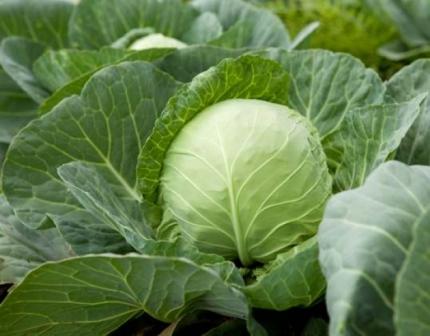 Cabbage is a necessary vegetable on the farm, borsch without it is not borsch, cabbage can’t be cooked without it, a salad with fresh cabbage is also very good both in taste and in health, and sauerkraut occupies an honorable place almost all year on our table a place. Therefore, let's deal with the topic: caring for cabbage after planting in a permanent place, what should be our actions in order to get an excellent harvest, and to make supplies for this useful vegetable for the winter.
Cabbage is a necessary vegetable on the farm, borsch without it is not borsch, cabbage can’t be cooked without it, a salad with fresh cabbage is also very good both in taste and in health, and sauerkraut occupies an honorable place almost all year on our table a place. Therefore, let's deal with the topic: caring for cabbage after planting in a permanent place, what should be our actions in order to get an excellent harvest, and to make supplies for this useful vegetable for the winter.
See also: crafts from plastic bottles for the garden, photos and description.
To grow a good cabbage, it is still necessary in the seedling period to properly care for it - to feed, water and so on. After landing on a permanent place, these actions do not stop, taking care of the growing cabbage should be even more thorough. By the way, there is a good method to enrich the soil, and protect early cabbage - plant in the fall in the area where cabbage is planned in the spring, green manure, for example rye, mustard, alfalfa and so on. In autumn, if planted at the end of August, green manure will rise in green mass, which must be buried with frost in the ground. In spring, the green manure partially remaining closer to the surface will turn green, rise, and cabbage can be planted between them. They will cover them from the scorching sun, and the soil has already been enriched and prepared for them over the winter.
You can immediately plant the cabbage in the hole with seeds, if you wait for the second half of June. Fill fertilizer into the hole in the form of compost, dig a glass without a bottom to protect it from the bear, so that it sticks out a couple of centimeters above the ground and put the seeds into the hole. Water carefully before emergence from the watering can, as the sprouts appear - reduce watering. Cabbage generally does not like a lot of water - it will become stiff in the foliage, and the head will form shallow.
Watering
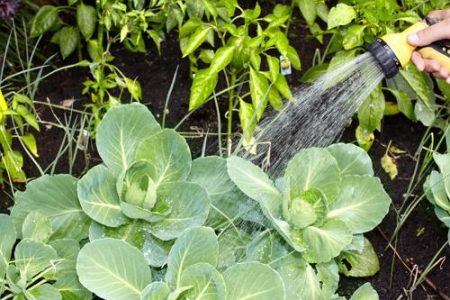
Caring for cabbage after planting for permanent residence includes mandatory but rare watering. If you often water your cabbage, this will just lead to the development of all kinds of diseases, all kinds of pests will flock to it, and you will not see a good harvest. Experienced gardeners reiterate: watering immediately after seedlings are planted, then water them after three days by sprinkling, then mineral fertilizing is done under the root, and spray foliage from pests. If you already saw that the bottom sheets are sick, remove them immediately.
Hilling
As soon as your seedlings began in an open area - carry out the hilling, raking the earth in a radius of 25 centimeters, this will help the cabbage to strengthen, because its stems are thin and weak. Hilling will strengthen the stem and root system. After a month and a half, spend the second hilling, removing the lower leaves. Best of all - after heavy rain, as the earth dries in the upper layer.
Top dressing
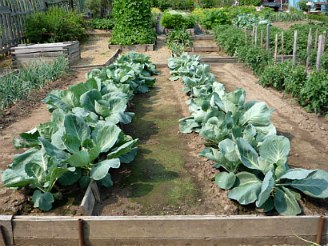
2 weeks after transplanting the seedlings to a plot in the garden, feed organic matter. Suitable slurry diluted with water. Then, after another 3 weeks, feed with a mullein of diluted water. Seedlings, by the way, also need top dressing - as soon as the second leaf appears in her, you need to immediately feed with urea, and sprinkle the leaves with potassium sulfate. You can also use Kemir-universal, and Polyf-SL showed itself well.
Adhering to these simple tips, you can grow large and healthy cabbage, to the joy of household members.
See also: rat and mouse repeller - which is better?.

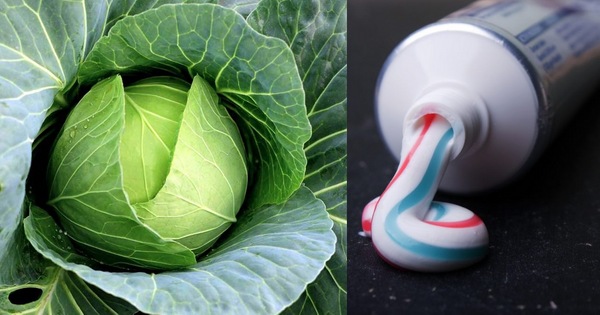
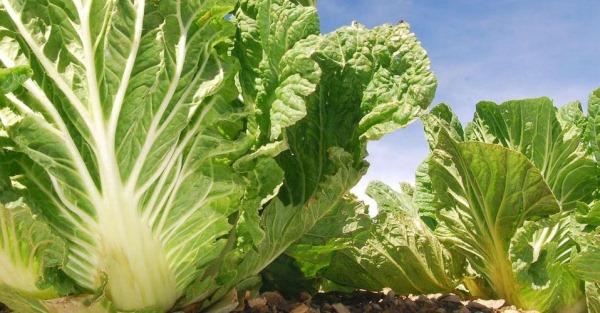
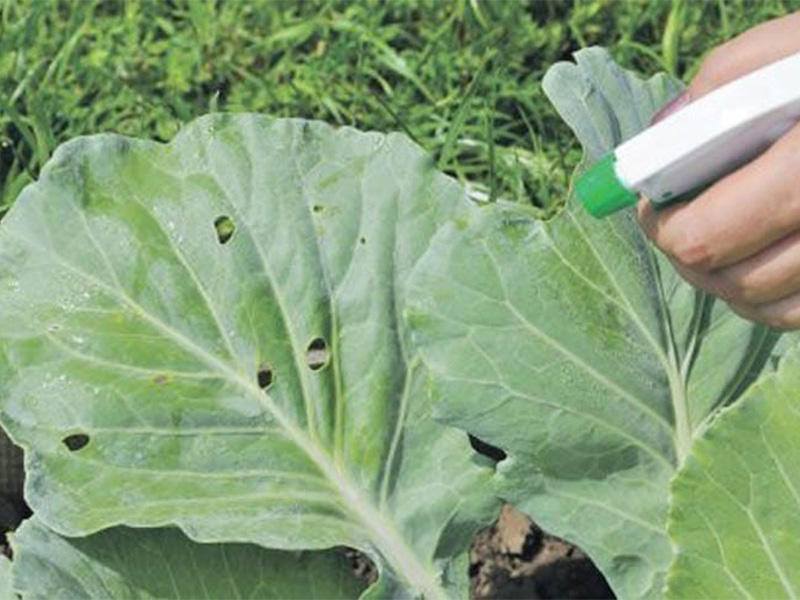
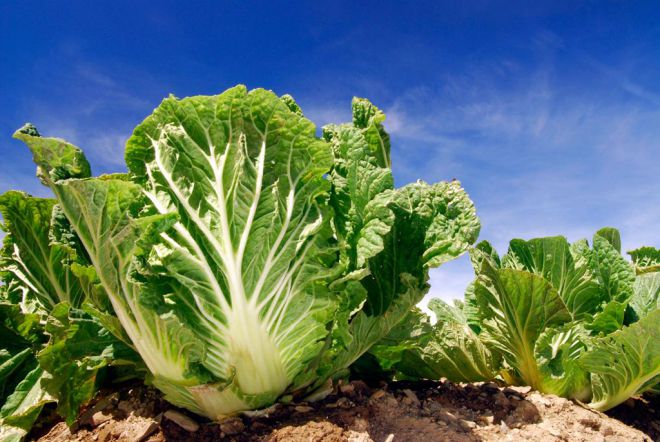 How to grow Chinese cabbage on your site?
How to grow Chinese cabbage on your site?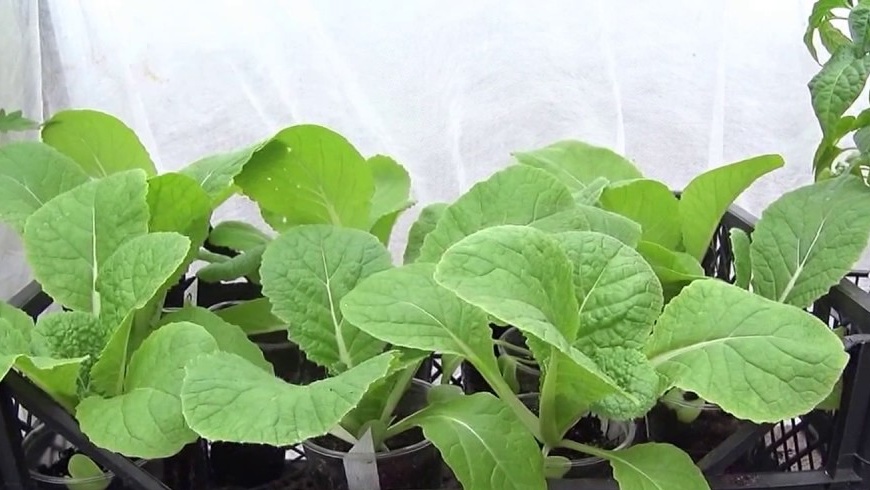 When to plant Chinese cabbage on seedlings in 2024
When to plant Chinese cabbage on seedlings in 2024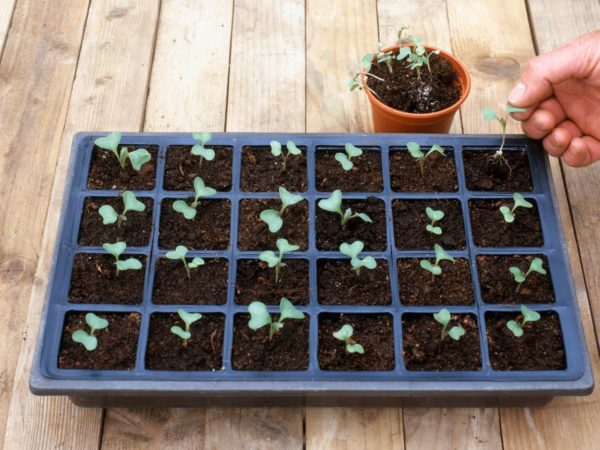 When to sow cabbage for seedlings in 2019 on the moon
When to sow cabbage for seedlings in 2019 on the moon Cauliflower: how to grow large snow-white inflorescences
Cauliflower: how to grow large snow-white inflorescences